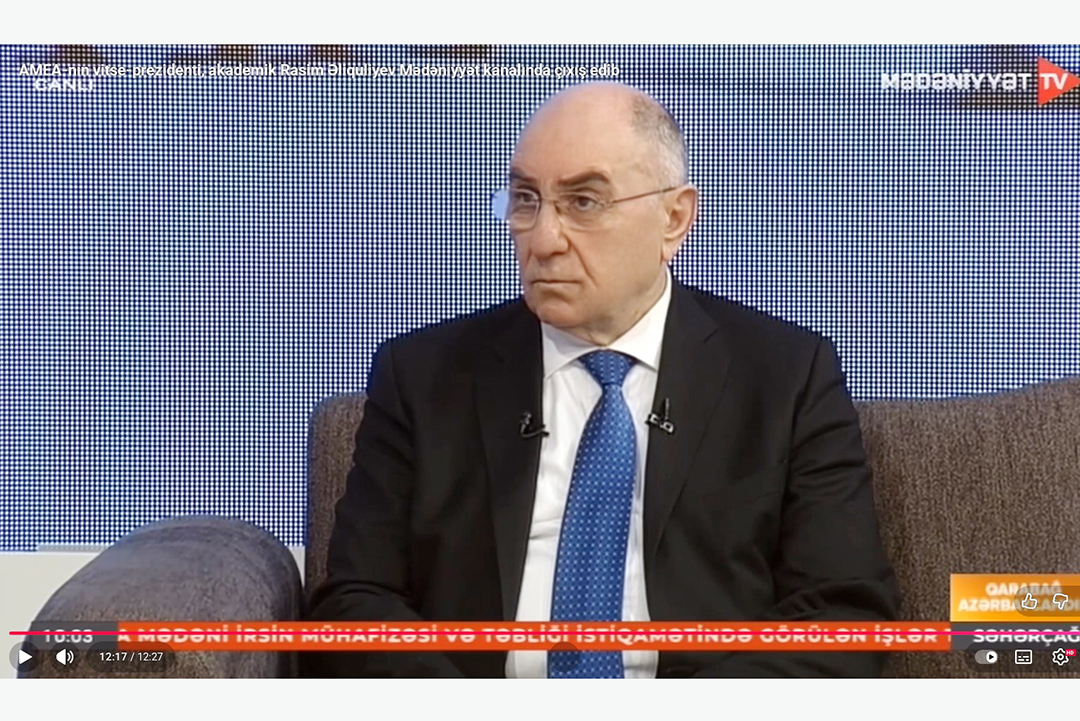NEWS
Inventing sign language for space

Due to the large number of students, the specialists of the University of Leeds, considered the second largest Higher School of England, created a space gesture for a hearing impaired astor.
An independent language consisting of gestures is combined with expressions of the hands and face, movements of the mouth and lips, as well as body position. Gestures are mainly used to communicate with people with hearing impairments.
As in other areas of science recently, as a result of innovative research in astronomy, many new terms have appeared. According to bbcnews, British astronomers with speech and hearing impairments face difficulties associated with these scientific innovations and new terms. Therefore, British astronomers and experts in sign language decided to create a space gesture that includes new astronomical updates and new terms.
“This is a field of science that is moving forward rapidly and needs a new language to deliver these new discoveries. “I think it’s very important, and I think it’s necessary to apply it in other areas of science,” said Derek Ruley, an employee of the Society of Astronomers Milton Keynes Car.
According to experts, the language of space gestures will help scientists and specialists to learn the secrets of the universe that have not yet been disclosed.
Note that a few months ago in the world press there was news that NASA scientists found several new planets using the TESS telescope (Transiting Exoplanet Survey Satellite).
Tess is one of the modern space telescopes with which exoplanets are studied. In other words, the telescope allows you to study planets that are not included in the solar system. Thanks to TESS telescope technology, asteroseismic data are recorded. This is possible thanks to the integrated photocells on the device.
Recall that the chief specialist of the Institute of Information Technology of ANAS, Kamala Gurbanova, conducted research on the problems of sign language computer science, the field of application, type, state of the art and the writing alphabet. She conducted studies that include skeleton methods, 3D and 2D gesture recordings, as well as marker-based gesture recognition, random forest, artificial neural network, finger projection, analysis of hand contours using convex geometry, etc.
As a result of research conducted by K. Gurbanova, who presented a block diagram of an algorithm for automatic translation of sign language, she informed about the systems Fingual, Kinect, WebGL, SignWriting, HamNoSys and the principles of gesture recognition.
© All rights reserved. Citing to www.ict.az is necessary upon using news






